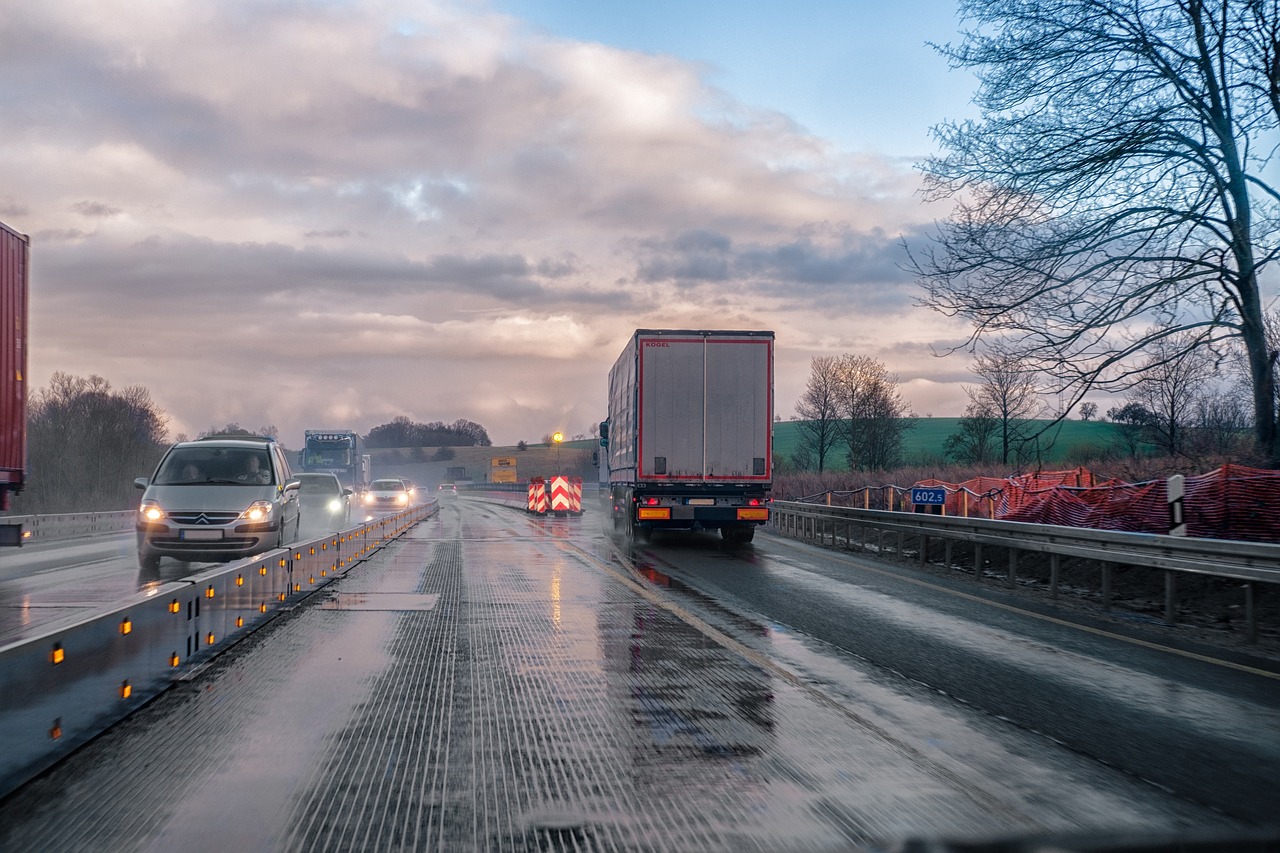Now Reading: 5 Most Common Types of Truck Accidents
-
01
5 Most Common Types of Truck Accidents

5 Most Common Types of Truck Accidents
Truck accidents are common, and statistics show that they are becoming more frequent. With so many factors contributing to these accidents, there’s no way to know what will happen in any given scenario. Most drivers are aware of the dangers posed by trucks, but everyone’s actions vary from day to day.
To better understand why truck accidents occur and what can be done to prevent them, it is important to know the most common types of truck accidents. Remembering and avoiding scenarios where they could occur is your best defense against truck accidents. The five most common types of truck accidents are:
- Head-on collisions
- Rollover accidents
- T-bone accidents
- Sideswipe accidents
- Rear-end collisions
1. Head-On Collisions
Any collision between two vehicles traveling in opposing directions is considered a head-on. This type of accident is most common during peak traffic hours and in high-traffic areas. Head-on collisions occur when driver distraction or reckless driving causes a driver to drift into oncoming lanes.
A head-on collision with a truck can be catastrophic, and drivers and passengers can suffer serious injuries. Property damage is also likely to be extensive depending on the speed at which the vehicles travel.
If you’re involved in a truck accident, seek legal counsel immediately. You can hire a truck accident attorney from Friedman & Simon to act on your behalf.
2. Rollover Truck Accident
Rollover accidents occur when a vehicle rolls over while traveling. There are several scenarios where rollovers can occur, but most often, they result from losing control. Rollover accidents are most common at higher speeds and are traumatic for passengers. This type of accident is often fatal.
Rollover truck accidents can be caused by improper loading, speeding, braking, defective tires, hitting objects, or steep and terrain roads. Regardless of the cause, rollovers are often unpredictable and can occur anytime. Drivers should always be aware of their vehicle’s surroundings and weight to avoid mishaps.
3. T-Bone Accidents
T-bone accidents mainly occur at traffic intersections on high-speed roads. When a truck passes or stops at the junction, it may collide with another vehicle forming a T-shape.
An accident can be caused when impaired or irresponsible drivers fail to obey the traffic signals and cross the junction when it is not allowed. This is most likely to happen when the driver sees a gap in oncoming traffic and makes a pass.
Another common cause of T-bone accidents involves truck drivers who are speeding while attempting to turn out of side streets. They often do not see approaching vehicles traveling at normal speeds and may collide with them.
4. Sideswipe Accident
Sideswipe truck accidents occur when the vehicle changes lanes abruptly. This may happen when a driver fails to carefully observe while changing lanes or when a driver loses control due to tire blowouts, road obstacles, or intense wind.
5. Rear-End Truck Collision
Rear-end accidents are most common at higher speeds, especially when one driver follows another close behind. It can also be caused by obstructions in the traffic lane, such as objects or vehicles that break down and stop on the side of the road.
Trucks traveling at high speeds can easily miss these obstructions and hit them. Rear-end collisions can also be caused by drivers who are not paying attention and are distracted by things such as cell phones or other electronic gadgets.
A truck carrying heavy loads and traveling at high speed can be difficult to control, especially where untimely stops are required. This can be avoided by keeping a distance between the truck and the car in front.
Preventing Truck Accidents
Statistics show that truck accidents are becoming more frequent and deadly each year. Knowing the types of truck accidents, such as the five most common types mentioned above, is important. Understanding these types of truck accidents and how they can happen will help you prevent these situations from occurring.
About the author:
With a law degree under his belt, Mark Scott understood very early that law communication was a relatively neglected area. He decided to help people by “translating” the language and offering information and advice in a clear, useful, and actionable manner. For this reason, instead of finding him in court, you will most likely find his name online, where he is very active and thriving as a legal columnist. His part of making the world a better place is to make the law a less convoluted maze. He aims to make it easier for people to understand when and how to seek legal counsel, how to proceed in a significant number of legal matters, and to find the proper resources so they can stand up for their rights.











